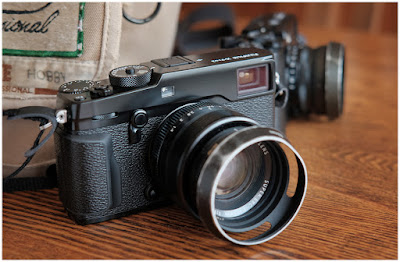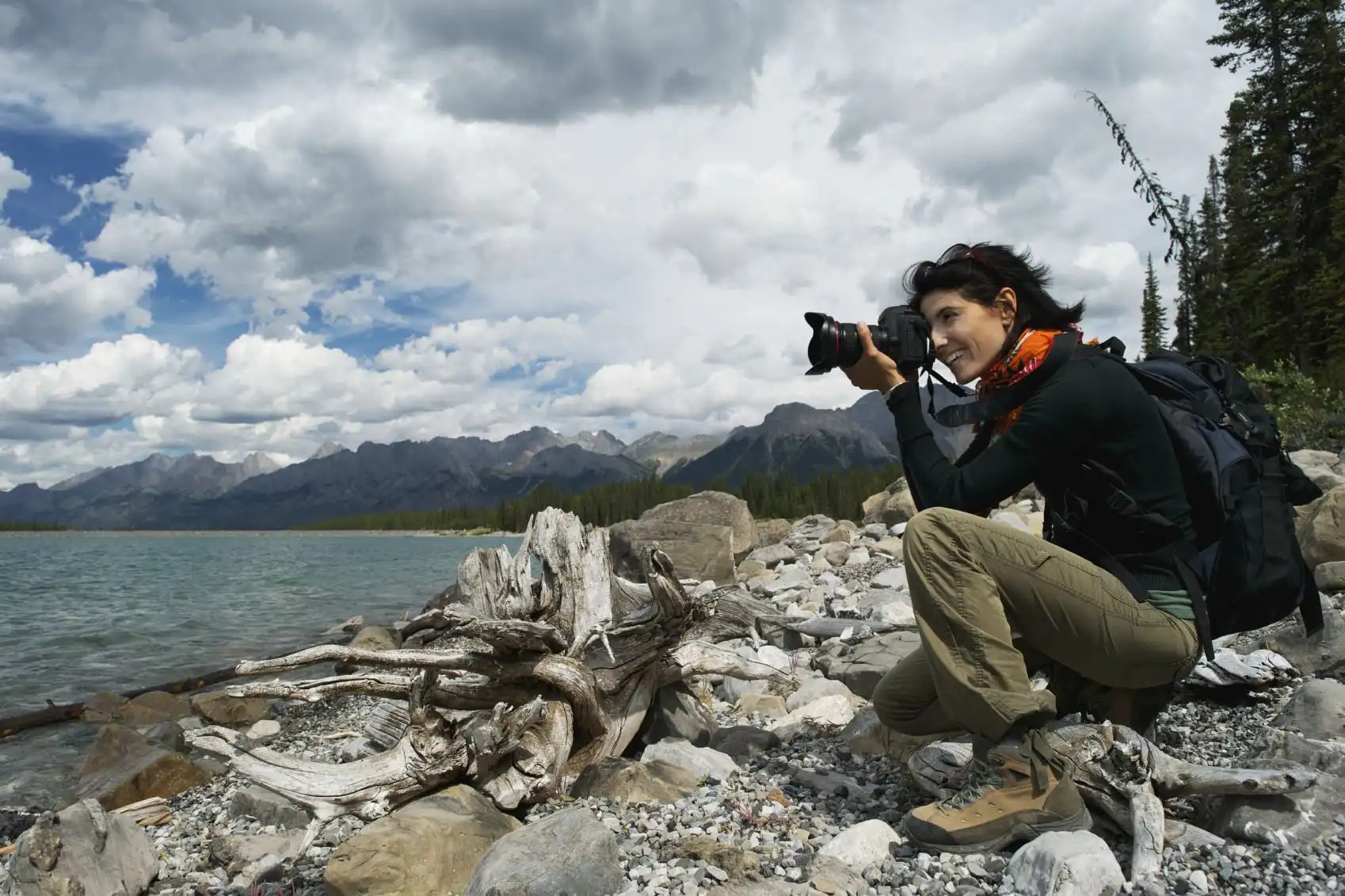Articles

Bad Photography Habits You Really Need to Quit
Photography Talk
Every photographer has at least one bad habit, something they picked up along the way that has proven to be hard to shake in the ensuing years. Bad photography habits run the gamut from blaming your gear when your pictures don’t turn out well to essential camera settings that you never seem to remember to check. Whatever the issue, bad habits like these aren’t just annoying, they negatively impact the quality of the photos you take.
{module Google 728x90}
Not Backing Up Your Photos
How many single-copy photos do you have floating around on your laptop or external hard drive? Whether it’s a few images or a few hundred, getting into the habit of skipping your backups is one of the cardinal sins of photography. Sure, everything might seem fine for now, but the second your laptop dies or you lose your external hard drive, you’ll experience the true horror of not having your photos backed up. To avoid that fate, get those photos backed up on several devices!
Not Finding New Perspectives
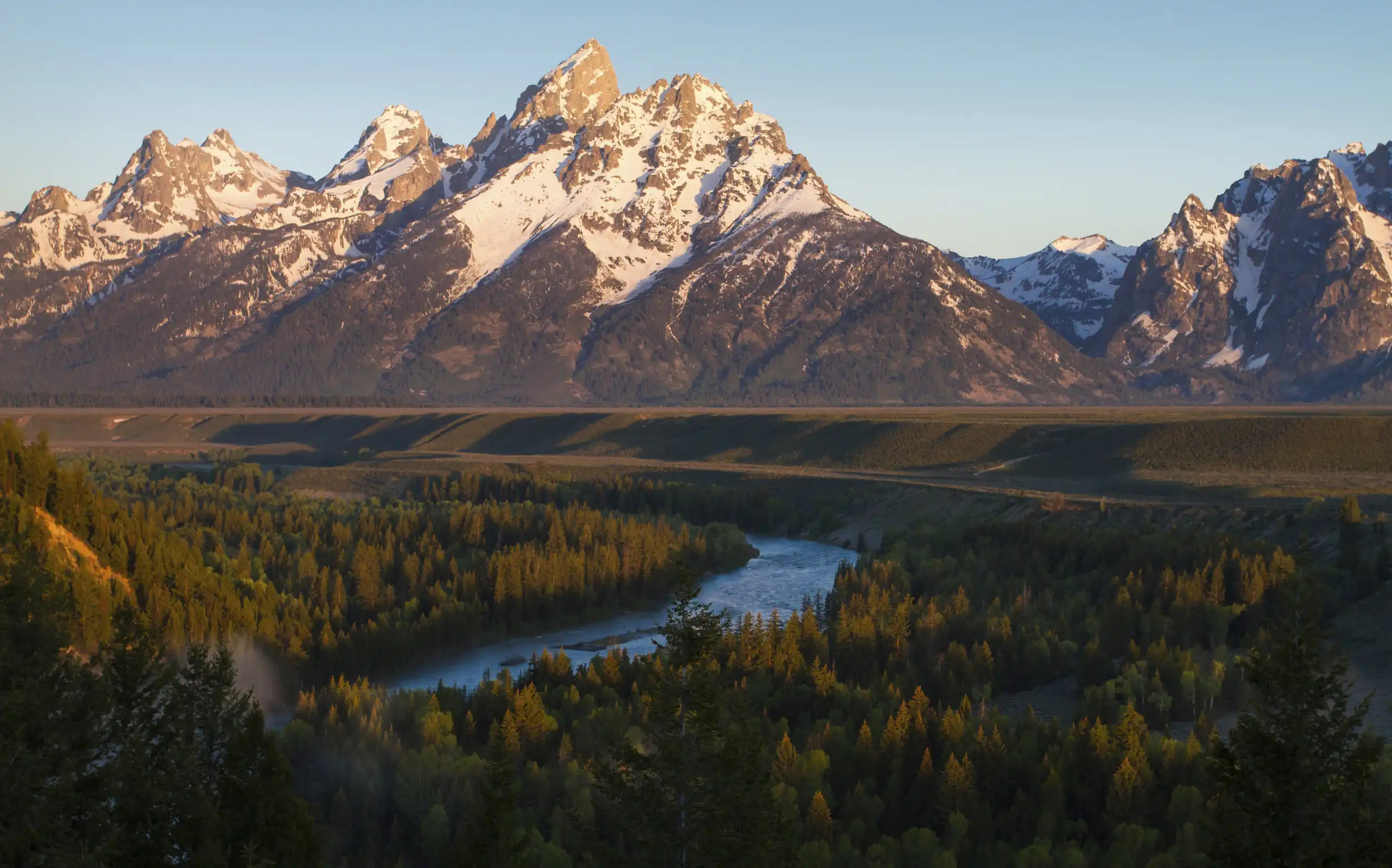
We all have our photography heroes, and to a great degree, those photographers will influence the type of work we do. If you like landscapes, Ansel Adams might be the hero you wish to emulate. But when all you do is copy the greats, you’ve found yourself in the bad habit of being a copycat.
When you go out to shoot, take the approach of getting the famous shot, then dedicating yourself to getting other shots from different perspectives. Using the Ansel Adams example, take a similar photo to his iconic work of the Grand Tetons or in Yosemite, then venture out to other places to photograph the same subjects from a different point of view. Doing so will help you grow as a photographer, and you never know when you might stumble upon an exciting new perspective that’s just as gorgeous as the classic view.
Not Pushing Your Camera’s ISO
Even though today’s cameras have tremendous high ISO capabilities, many of us are still terrified of pushing the ISO too far. The fear of noise is strong! But that fear leads many photographers into the trap of using vastly inappropriate shutter speeds that result in blur or soft photos, when neither one is appropriate for the scene. Instead of toiling away with the wrong shutter speed when using your long lens or when you’re creating long exposures, try bumping up that ISO. Go beyond 1600. Try 3200. Or 6400. Just keep going to see how the quality changes from one value to the next. You might be surprised at how far you can push it without getting a lot of noise.
Blaming Your Gear For Bad Photos
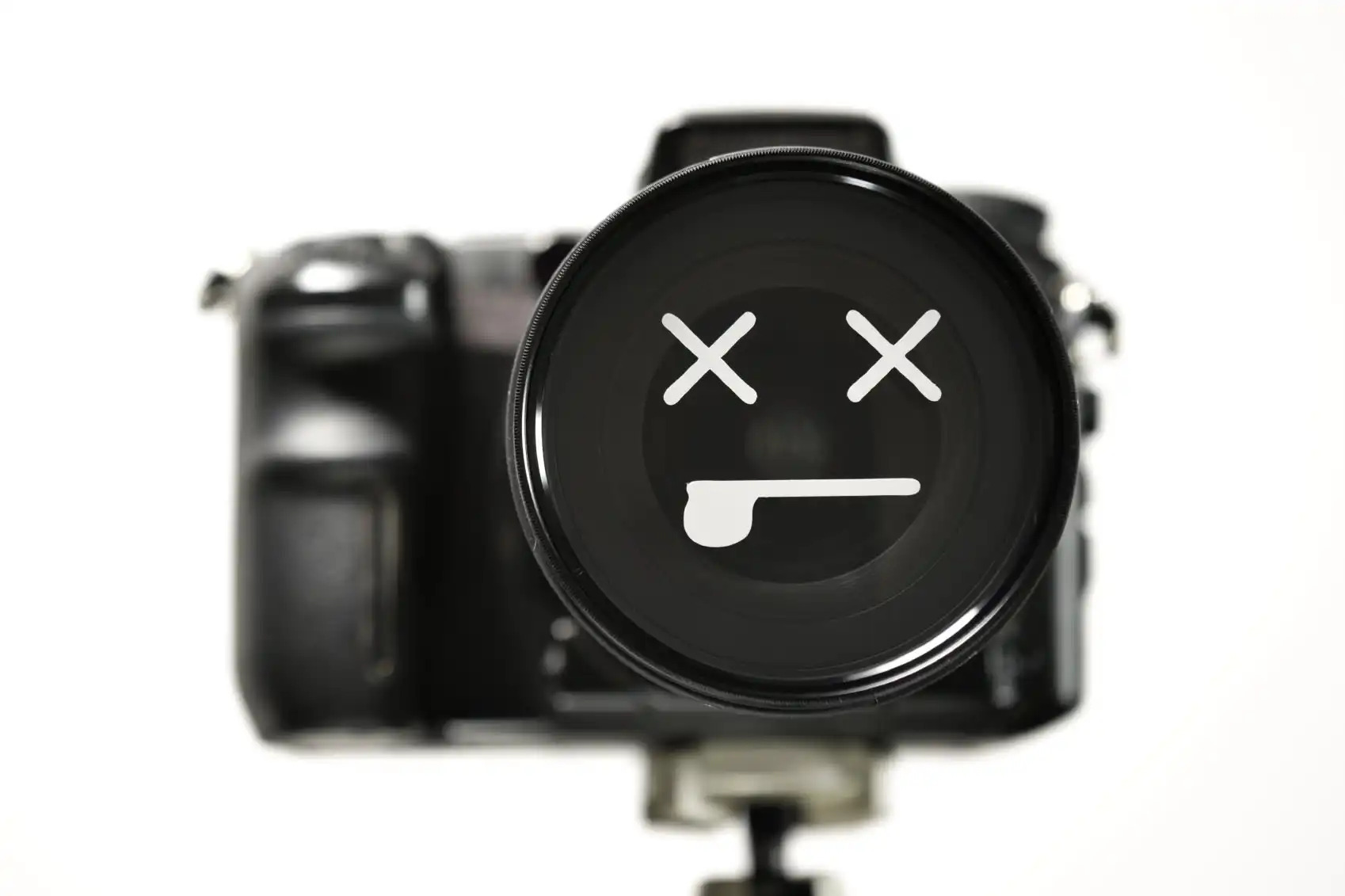
Your camera, lens, and other gear are easy scapegoats when it comes to a bad picture. They are also easy targets when it comes to making excuses for not taking a shot in the first place, like only having a kit lens and using that as an excuse for not taking more portraits. The point is that, yes, sometimes our gear fails us. The camera’s buffer fills up, the SD card is slow, the lens is inadequate, or the tripod is broken. But for all these issues and inadequacies, there is usually something that can be done to rectify the situation. Rather than getting into the habit of blaming our gear, we should instead view such challenges as an opportunity to get creative!
{module cameras T4i}
Forgetting to Reset Your Camera
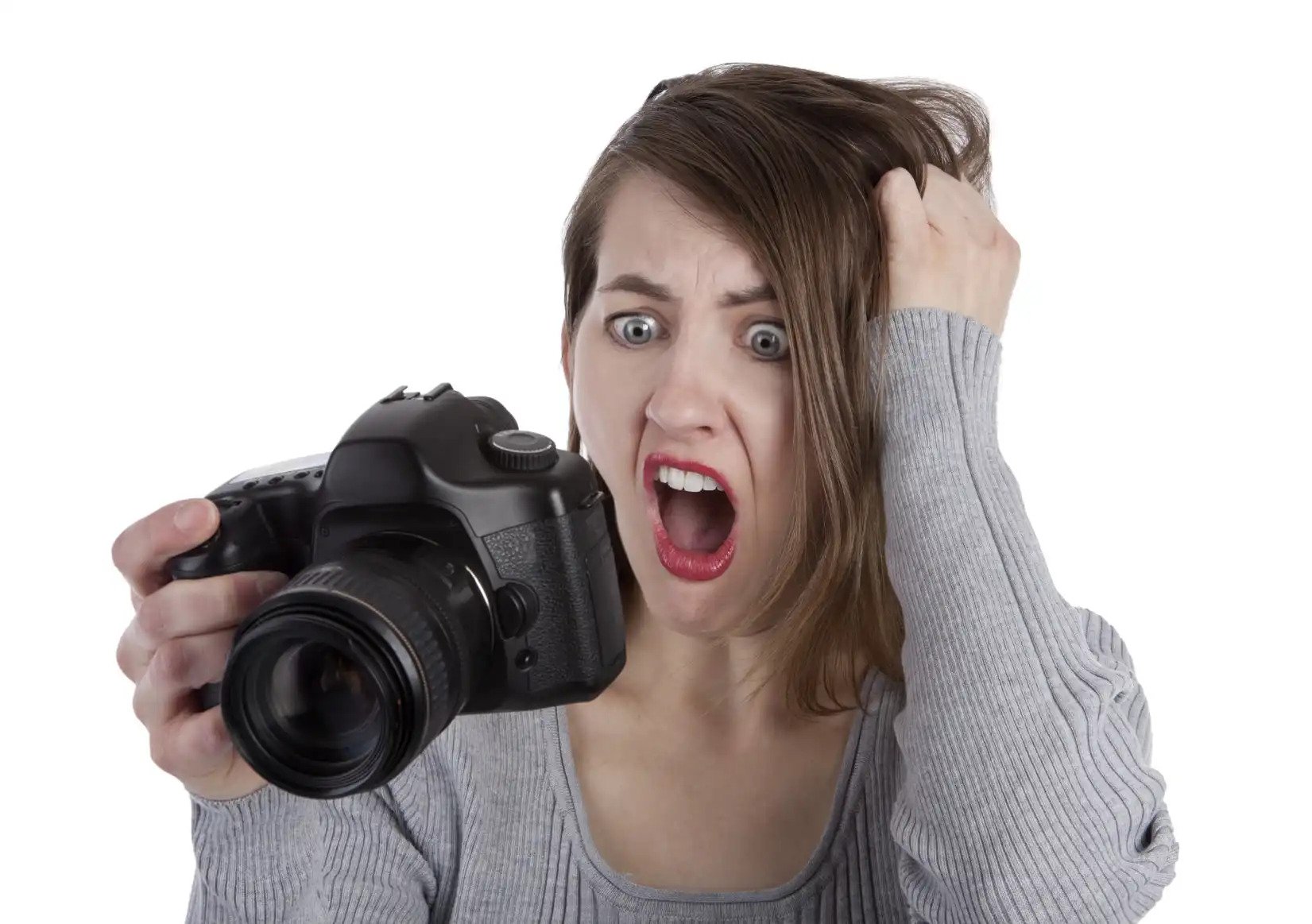
How many times have you grabbed your camera to take a quick photo, only to realize that the settings you used for last night’s long exposure of the starry sky were still dialed in? Forgetting to reset your camera to a point-and-shoot state is a habit that we’re all likely guilty of, but like the other habits listed here, it’s a tough one to break.
But just imagine how much easier your life would be if you actually remembered to return your camera to that state at the end of each shoot. Get a default setting set up that will work most of the time - something like auto white balance, auto ISO, one-shot autofocus, and aperture priority mode - then do your best to remember to return your camera to that setting after every shoot. With time, you’ll develop the good habit of doing so and save yourself a lot of frustration in the future.
{module Article bottom share buttons}
{module Recommended Reading}










